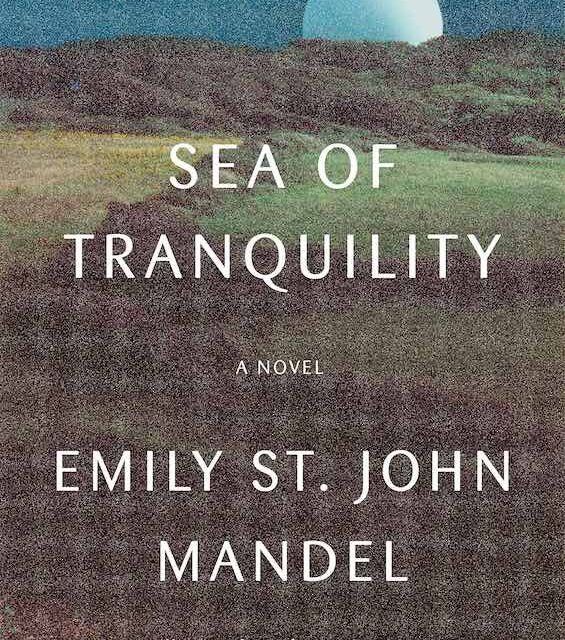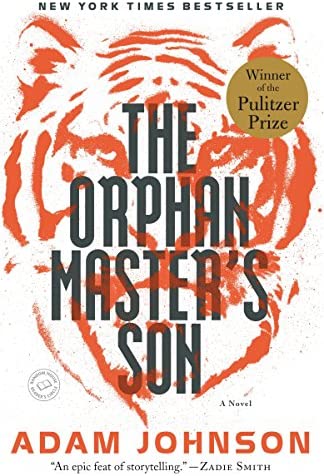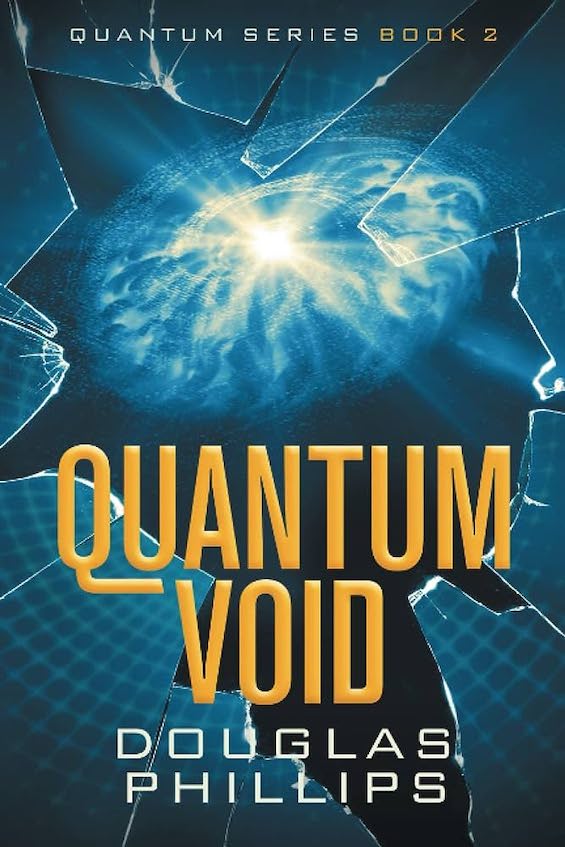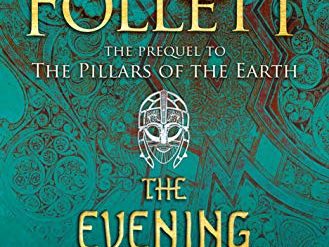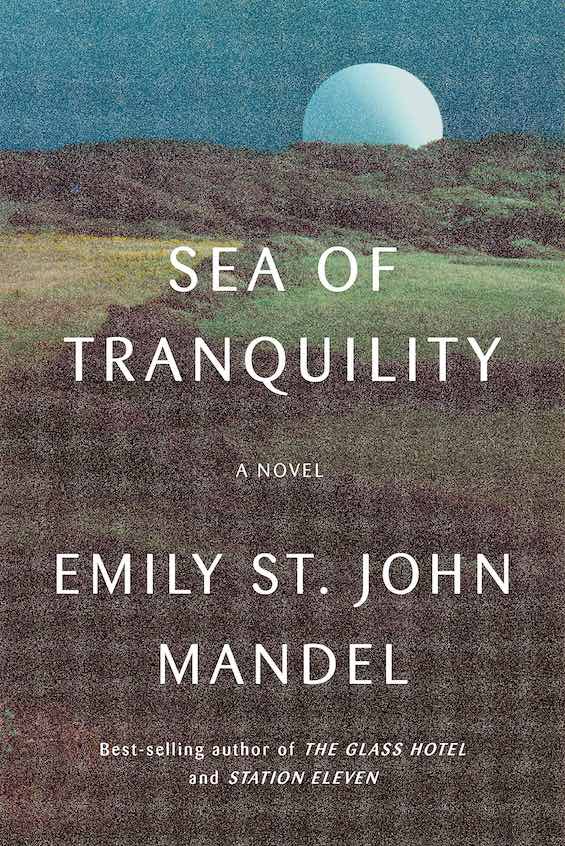
Emily St. John Mandel came to the attention of millions of readers worldwide with the publication of her third novel, Station Eleven. The book has sold at least 1.5 million copies and elevated Mandel to the ranks of superstar status in the literary firmament. Perhaps it was foreordained that a beautifully written novel about a pandemic would sell so well while COVID-19 ran rampant across the globe. And, with COVID still upending lives everywhere, we might expect that her sixth novel, Sea of Tranquility, which is also about a pandemic, would hit the bestseller lists, too.
An emphasis on character development, not technology
Mandel writes science fiction with the science largely in the background. In Sea of Tranquility, she uses the time-honored sci-fi device of time travel to illuminate the lives of a handful of characters who are linked together across five centuries. Time travel is a given in the story, simply an artifact of the reality Mandel imagines. It’s the characters we care about as we shuttle back and forth from 1912 to 2020 to 2203 to 2401. The story hangs on a pandemic, but it, too, is merely a pivot in the plot.
Sea of Tranquility by Emily St. John Mandel (2022) 218 pages ★★★★★
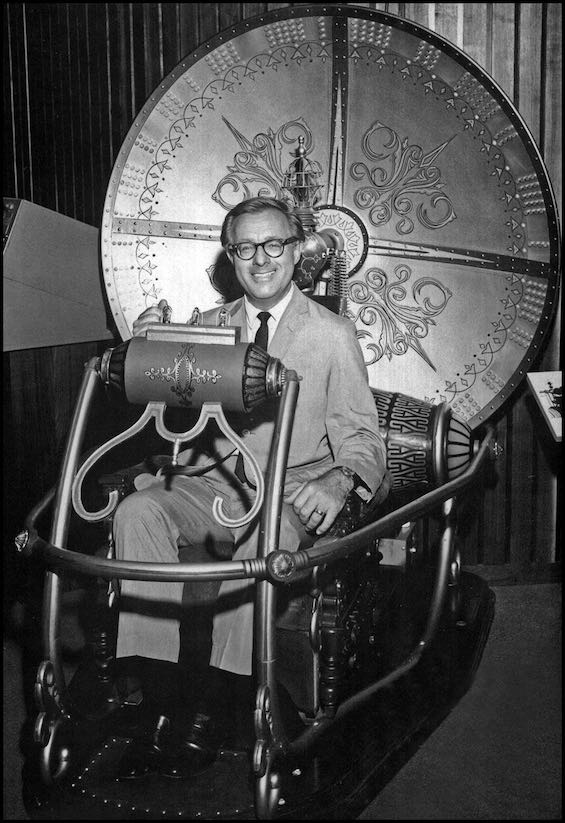
An engaging novel about a pandemic with a time travel twist
Edwin St. John St. Andrew
Mandel’s characters are a diverse lot. In 1912, we meet Edwin St. John St. Andrew, the unambitious third son of a wealthy English aristocrat. Edwin is banished to Canada after infuriating his father by a savage attack on the British Empire at a dinner party. He is enjoying life in a small town on the coast of British Columbia.
Mirella and Vincent
In 2020 America, Mirella Kessler is mourning the death of her friend, Vincent, the sister of the composer whose work is performed at a concert she’s attending. The composer, an avant-garde figure, has merged music with a video his sister shot. And that video is at the heart of the plot in this novel.
Olive Llewellyn
When we transfer for the year 2203, we meet an author named Olive Llewellyn who is a doppelgänger for Emily St. John Mandel herself. She is on her “last book tour on Earth” as a pandemic rapidly spreads throughout the planet. (“She’d lived all her life in the hundred and fifty square kilometers of the second moon colony, the imaginatively named Colony Two.”) Her most popular book, Marienbad, resembles Station Eleven.
Gaspery-Jacques Roberts
And in all three of these scenarios, a character named Gaspery-Jacques Roberts makes an appearance. We finally meet him in his element in the year 2401. We learn that Gaspery has been named for a character in Olive’s novel, Marienbad. His sister works for the Time Institute, which possesses the only working time machine. Gaspery has visited each of the other characters after joining his sister and learning how to conduct himself in the past. The mystery lies in why he is visiting those particular scenes. And the surprise ending resolves the mystery in an unexpected way.
Mandel’s sketchy future world
There is a sketchy, dream-like quality to Mandel’s writing. The world she paints in the 23rd and 25th centuries gives us a hint of one possible future but little in the way of detail. Climate change has wreaked havoc, but we see little of the impact. China is the world’s superpower, and the United States has broken up into a congeries of independent regions and city-states. Pandemics have decimated the population on at least two occasions, but we know little more than that about them. Humankind has spread throughout the solar system, with colonies on the Moon, Mars, and the Jovian moons and beyond to Alpha Centauri. The technology in common use is more advanced but only in superficial ways—with airships instead of airplanes, for example, and hovercraft replacing automobiles. Other than time travel, however, there is little hint of any of the breakthrough technologies our descendants will almost certainly see.
About the author
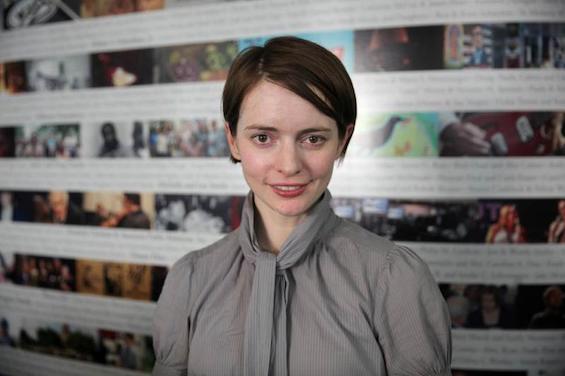
Emily St. John Mandel was born in British Columbia in 1979. St. John, her middle name, was her grandmother’s surname. Mandel studied modern dance in Toronto before moving briefly to Montreal. She later relocated to New York City, where she now lives with her husband and their daughter. She is the author of six novels, most notably Station Eleven, which won the Arthur C. Clarke Award and was a contender for several other literary prizes.
For more reading
For my review of Station Eleven, go to Life on Earth after the apocalypse. And be sure to check out The best time travel novels. I’ve also reviewed another of the author’s novels, The Glass Hotel (A Wall Street scandal at the heart of Emily St. John Mandel’s novel).
For more good reading, see:
- These novels won both Hugo and Nebula Awards
- The ultimate guide to the all-time best science fiction novels
- 10 top science fiction novels
- The top 10 dystopian novels reviewed here
And you can always find my most popular reviews, and the most recent ones, plus a guide to this whole site, on the Home Page.

